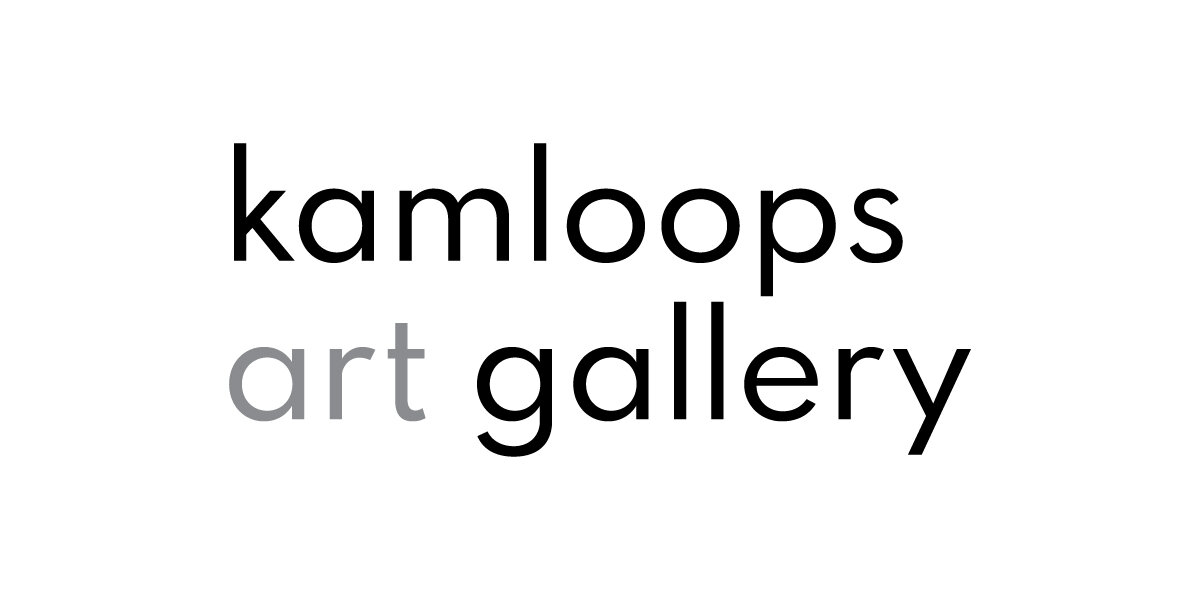CEL-CELA BASKET PATTERN
Open Gallery
May 19 to July 3, 2021
Chris Bose
This huckleberry basket pattern is based on one from my great granny from way back and is part of a collection of baskets we used for ages and were passed down in the family from granny to daughters and sons. Baskets were incredibly strong and woven from red cedar root and red willow as well as indian hemp and other fibrous plants to create the intricate patterns and colours that told stories and family history. Each matriarch had their own patterns and each family as well, just like our songs and names, it was regional and the nlaka’pamux territory was mountainous and held a lot of stories and important history.
Basketry was important to our cultural identity and women were and are the culture bearers, their knowledge of the seasons, harvesting, ethnobotanical knowledge, technical skill and incredible patience transferred this knowledge from generation to generation. Our baskets were not just an important cultural item, but practical as well, cooking, drinking water, tea, storage of dry goods, sacred items and even baby baskets, all aspects of life were a part of basketry. Including trade, not just amongst our nation, but the coastal and other interior nations as well. We could even cook with them, they were woven tight tight enough to hold tea, cook food and much more.
This pattern is a bit more modern in terms of colours, we had a bright yellow/green wall and I wanted to use it instead of paint over it and create a longer process to get it done. Practicality and problem solving is a huge part of my life and culture, so I decided we should use the current colour and selected fun, bright and bold colours to represent traditional colours and patterns used on a huckleberry basket. They were typically large, 30 cm height, 40 cm long and 30 cm wide, they held a lot of berries and other goods. The motifs are of butterflies for fun and beauty, the triangle shaped lines, purple representing the mountains and valleys of the Spence’s Bridge area and the blue lines represent the Thompson and Nicola rivers. The huckleberry bushes are green and purple and add to the beauty of the designs. Berries were typically dried or mashed with other fruits or even venison to create jerky and dried fruit for the winter months. If they made it that far, as I’m sure kids being kids, would find it and sneak it when they could, just like today.
People have this impression life was hard and brutal but really, food was far more abundant than today, fish, game and berries, the seasons were more predictable and we had been living here for thousands of years, I’m pretty sure we had it down solidly. I’m also sure there was a lot fun and sun going on when they weren’t preparing for winter, knowledge being shared through storytelling, community built around food, fun and family, not just struggle and strife like we’ve been taught in settler versions of history. Bit by bit we reclaim that and bring it back to life with exhibitions like this and we continue to build community and share knowledge, that’s what it’s really all about.
Kukstemc to Nathan O’Connor, Monique Reiswig, Jes and Alec Von Henske for contributing and painting the mural and patiently listening to me tell stories while we painted it. It was a community.
Photo: Garnet Dirksen

